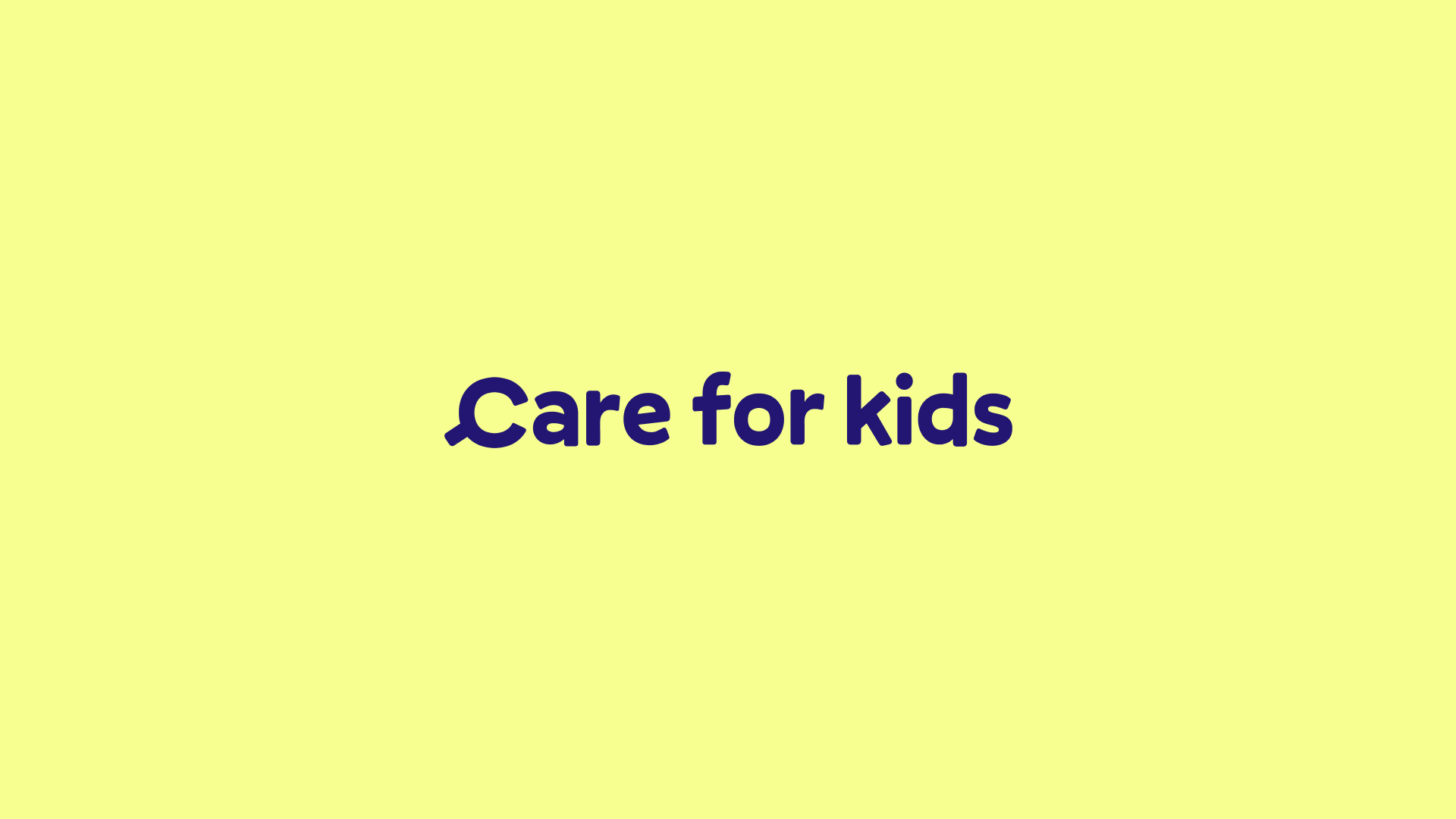For many families, childcare is one of the larger expenses in the household budget. While investing in your child’s early education and care is invaluable, it’s natural to want clarity around costs. One key factor impacting those costs is the age of your child.
Understanding how childcare costs vary by age group can help families make informed decisions and better plan their budgets. Here's everything you need to know about age-related childcare costs and how to calculate your family's potential savings using tools like the Childcare Subsidy Calculator.
How Childcare Costs Vary by Age Group
At childcare centres, children are typically grouped by age to maintain appropriate developmental and care standards. These groupings also influence staffing ratios, which play a significant role in determining childcare costs.
Infants (0–2 years)
Care for infants tends to be the most expensive. This is primarily due to the higher level of care and supervision required for this age group. According to the National Quality Framework (NQF), centres must maintain strict educator-to-child ratios, ensuring one educator for every four children aged 0–2 years.
The need for more educators means higher operating costs for providers, which is reflected in fees. The good news is that families often qualify for higher rates of financial assistance under the Childcare Subsidy (CCS) for babies and toddlers in this age range.
Key takeaway: Infant care costs are higher due to tighter regulations, but subsidies can offset these expenses. You can use our Childcare Subsidy Calculator to determine your potential savings.
Toddlers (2–3 years)
While slightly less expensive than infant care, childcare for toddlers is also high due to continued strict staffing ratios. For children aged 2–3 years, the required ratio is one educator to five children in all states and territories except Victoria, where the ratio is still one to four.
Toddlers require active supervision, engagement, and tailored educational experiences to match their developmental milestones, which contributes to higher fees compared to older age groups.
Preschoolers (3–5 years)
Preschool-aged children, aged between 3 and 5 years, generally need less one-on-one care. Consequently, staffing ratios are higher (such as one educator to 10–11 children, depending on state requirements), which can help bring down costs.
Additionally, early learning programs for preschool-aged children often benefit from government initiatives like the Preschool Reform Agreement, making kindergarten programs accessible and even fee-free in certain situations. Check with your provider to understand whether these programs apply to your family.
Did you know? If your child attends a kindergarten program, you may be eligible to receive government contributions to your fees. This amounts to up to $1,378 annually for 15 hours of preschool each week, or 600 hours a year.
School-Age Children (6–12 years)
For families with school-age children, after-school care and vacation care programs are often more affordable than full-time daycare. This is due to lower staffing ratios, with requirements such as one educator to 15 children in most states.
Kids in this age group are more independent, so the demand for intensive staffing is reduced. However, fees still vary, and the Childcare Subsidy Calculator can be a helpful tool for estimating your out-of-pocket costs.
Understanding Family Daycare Costs and Ratios
Family daycare services, which provide a home-based care environment, operate under different ratio requirements. Each family daycare educator can care for up to seven children at a time, with a maximum of four being preschool age or younger. This structure makes family daycare a flexible and cost-competitive option for many families.
Remember, every childcare service sets its own fees. Some providers charge more for children under three years due to the higher costs of care, while others use a flat-rate model regardless of age.
How the Childcare Subsidy Can Help
The Australian Government’s Childcare Subsidy (CCS) is designed to ease the financial burden of childcare for eligible families. How much you can claim depends on factors like your income, the number of hours you work or study, and the type of childcare your child attends.
The CCS hourly rate cap is influenced by your child’s age and care type:
| Childcare Type | Hourly Rate Cap for Children Under 6 | Hourly Rate Cap for School-Age Children |
|---|---|---|
| Long Day Care | $13.73 | $12.02 |
| Family Day Care | $12.72 | $12.72 |
| Outside School Hours Care | $13.73 | $12.02 |
| In Home Care (per family) | $37.34 | $37.34 |
To find out how much of your childcare costs might be covered, use the Care for Kids Childcare Subsidy Calculator for a quick and easy estimate.
Tools to Plan Your Childcare Budget
Managing childcare finances can feel daunting, but there are tools available to simplify the process:
- Childcare Subsidy Calculator: Determine your subsidy eligibility and calculate how much you could save.
- Childcare Cost Tool: Compare fees for childcare services near you, so you can find an option that fits your budget.
These resources are designed to give families insights and control over their billing expectations.
Tips for Parents Managing Childcare Expenses
Explore subsidies and financial support
Always check your eligibility for the Childcare Subsidy through the Subsidy Calculator. It’s a quick way to unlock potential savings.
Compare providers
Costs vary significantly between childcare services in Australia. Use our Childcare Cost Tool to research options in your area.
Understand educator-to-child ratios
Knowing your state or territory's ratios can help you predict costs for your child's care level.
Ask about preschool programs
Programs supported by the Preschool Reform Agreement may offer essential savings for children aged 3–5.
Start Planning Your Childcare Costs Today
Taking the leap into childcare shouldn’t be overwhelming. By understanding how costs vary by age group and using tools like the Childcare Subsidy Calculator, you can create a financial plan that works for your family.
Explore your options now with the Care for Kids Childcare Subsidy Calculator and Cost Tool. From comparing providers to estimating subsidies, we’ll help you every step of the way towards affordable, quality childcare for your little one!
































